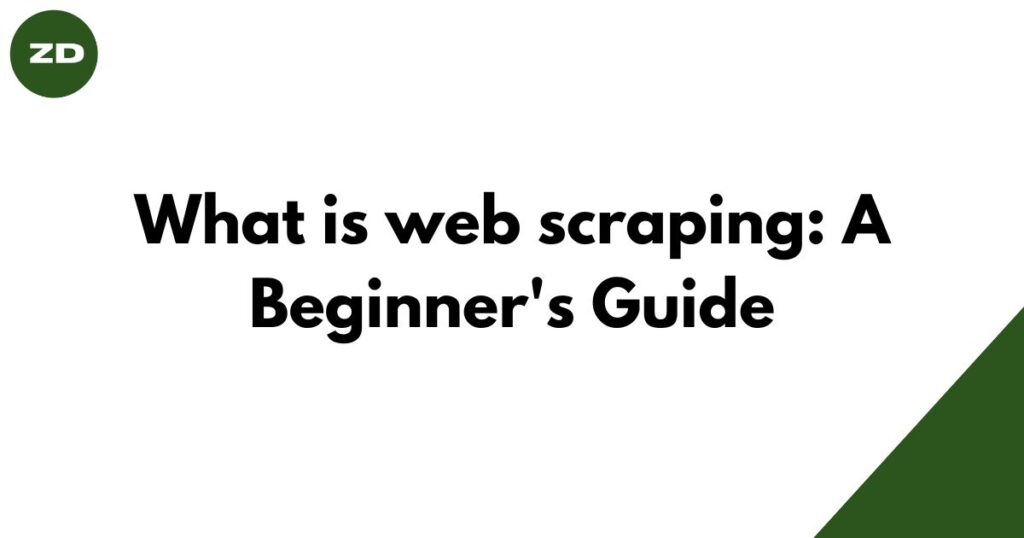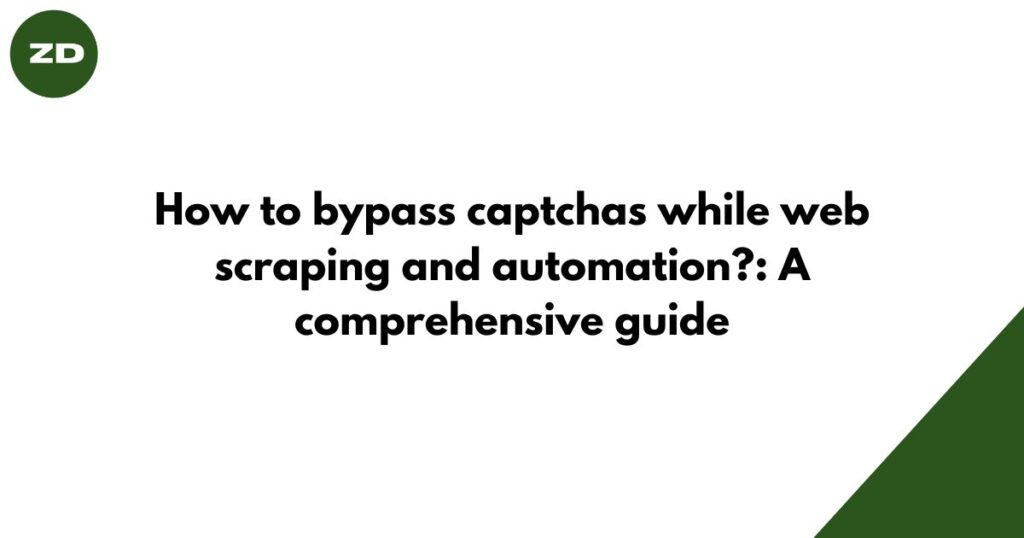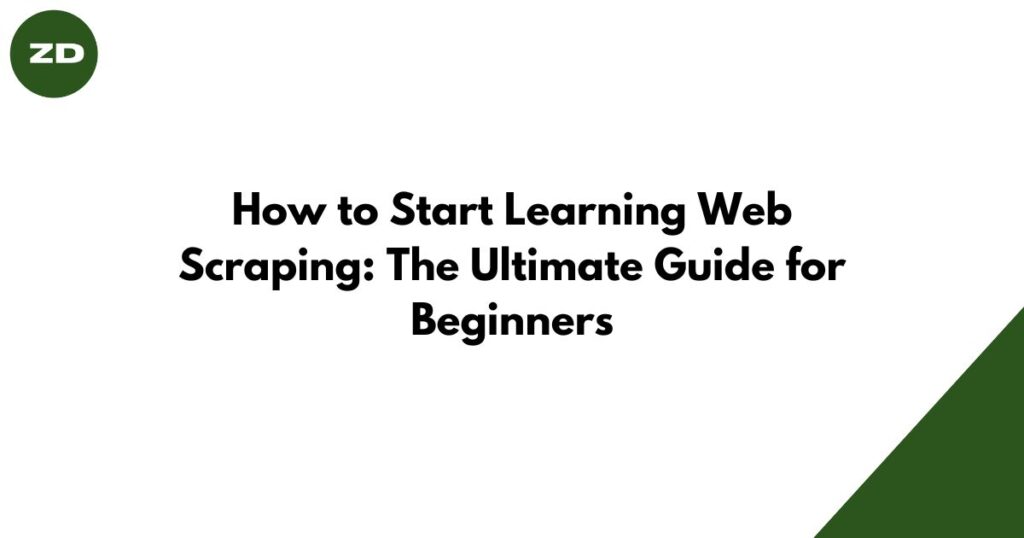Table of Contents
What is Web Scraping?
Web scraping is the process of automatically extracting data from websites. It involves fetching web pages from the internet and then parsing the HTML code to extract the desired information, such as text, images, links, or structured data. This extracted data can then be stored, analyzed, or manipulated for various purposes.
Web scraping vs. Web automation
Web scraping and web automation are often used interchangeably, but both are different.
Web scraping
- Data Extraction: Web scraping primarily focuses on extracting specific data or content from web pages.
- Structured Output: It aims to organize and format the extracted data into structured formats, such as CSV, JSON, or databases.
Web automation
- Task Automation: Web automation is more about automating tasks performed on websites, such as filling out forms, clicking buttons, or navigating through web pages.
- Interaction with Websites: It interacts with websites as a user would, automating boring and repetitive tasks to save time.
We can say that web automation is an umbrella term and web scraping is one of the uses of web automation
Uses of web scraping
Web scraping has a wide range of applications across different industries. Some of them are given below:
- Market Research: Businesses can use web scraping to monitor competitor prices, collect customer reviews, and gather market trends, enabling data-driven decision-making.
- Content Aggregation: News websites, blogs, and content creators can automate the process of collecting articles, blog posts, or news updates to create content.
- E-commerce: Online retailers can scrape product details, prices, and customer reviews from e-commerce stores.
- Financial Analysis: Investors and traders can scrape financial data and stock prices and analyze them to make investment strategies.
- Lead Generation: Marketers can use web scraping to collect potential customer information in bulk, such as email addresses, contact details, and company profiles to reduce lead generation efforts.
- Real Estate: Real estate professionals can scrape property listings and market data to identify investment opportunities or analyze property value.
- Social Media Monitoring: Brands can scrape social media platforms to track mentions, analyze sentiment, and monitor user engagement.
- Weather Forecasting: Meteorologists can scrape weather data from multiple sources to improve the accuracy of forecasts.
- Job Market Analysis: Web scraping can be used to monitor job listings and analyze job market trends.
Tools and Technologies for Web Scraping
There are many tools and technologies available for web scraping. Some are paid and some are free. Some are programming base and some are GUI-based.
1. Programming languages
Python: Python is one of the most popular languages for web scraping due to its rich ecosystem of libraries and tools.
2. Libraries and Frameworks
The most popular frameworks that are being used for web scraping are:
- Beautiful Soup: A Python library for parsing HTML and XML documents and extracting data.
- Requests: A Python library for making HTTP requests, essential for fetching web pages.
- Scrapy: An open-source web crawling framework for Python that provides a more structured way to scrape websites.
- Selenium: A web testing framework that can also be used for web scraping, especially for dynamic websites that rely heavily on JavaScript.
3. Web Scraping Tools
Some popular tools for web scraping that do not require any programming knowledge are:
- ParseHub: ParseHub is a point-and-click web scraping tool that does not require any programming knowledge. It is a good option for users who are new to web scraping.
- OctoParse: OctoParse is another point-and-click web scraping tool that is similar to ParseHub. It is also a good option for users who are new to web scraping.
How to start learning web scraping?
To start learning web scraping, start by familiarizing yourself with the basics of HTML and CSS. These fundamental web technologies are essential for understanding the structure of web pages.
Next, learn a programming language like Python, which offers excellent libraries such as Beautiful Soup, Requests, and Selenium for web scraping.
Practice by scraping simple websites and gradually tackle more complex projects. Explore online tutorials, courses, and documentation to deepen your knowledge.
If you’re interested in an in-depth guide on how to start learning web scraping, take a look at this article.


